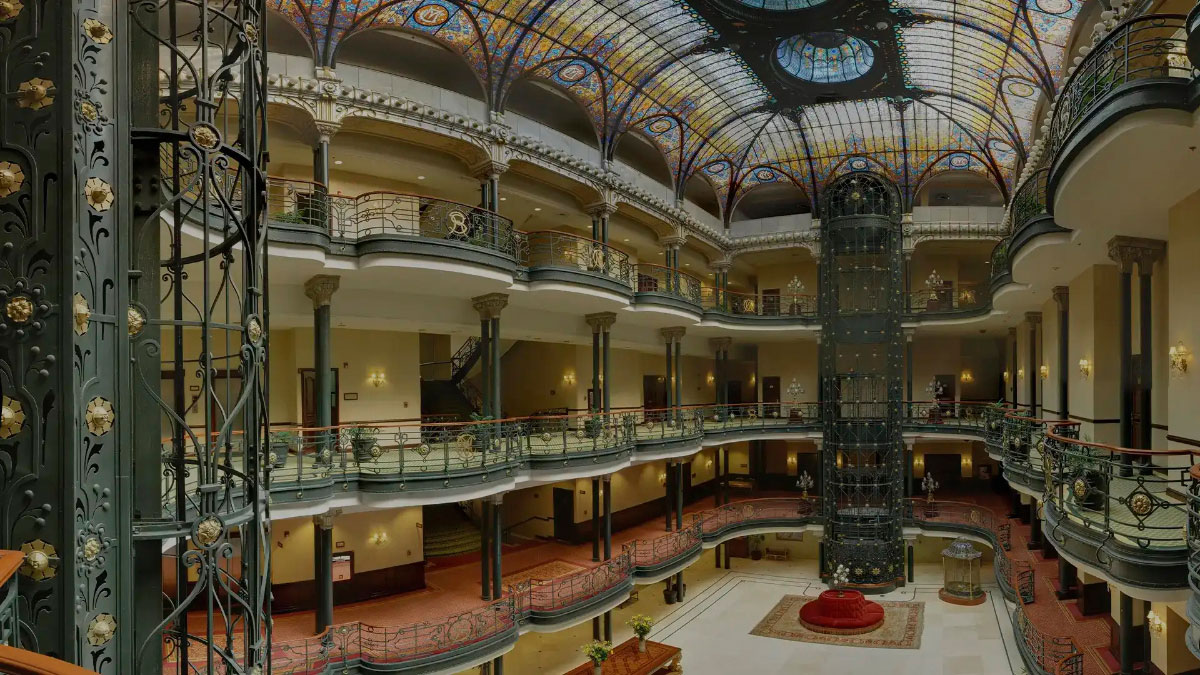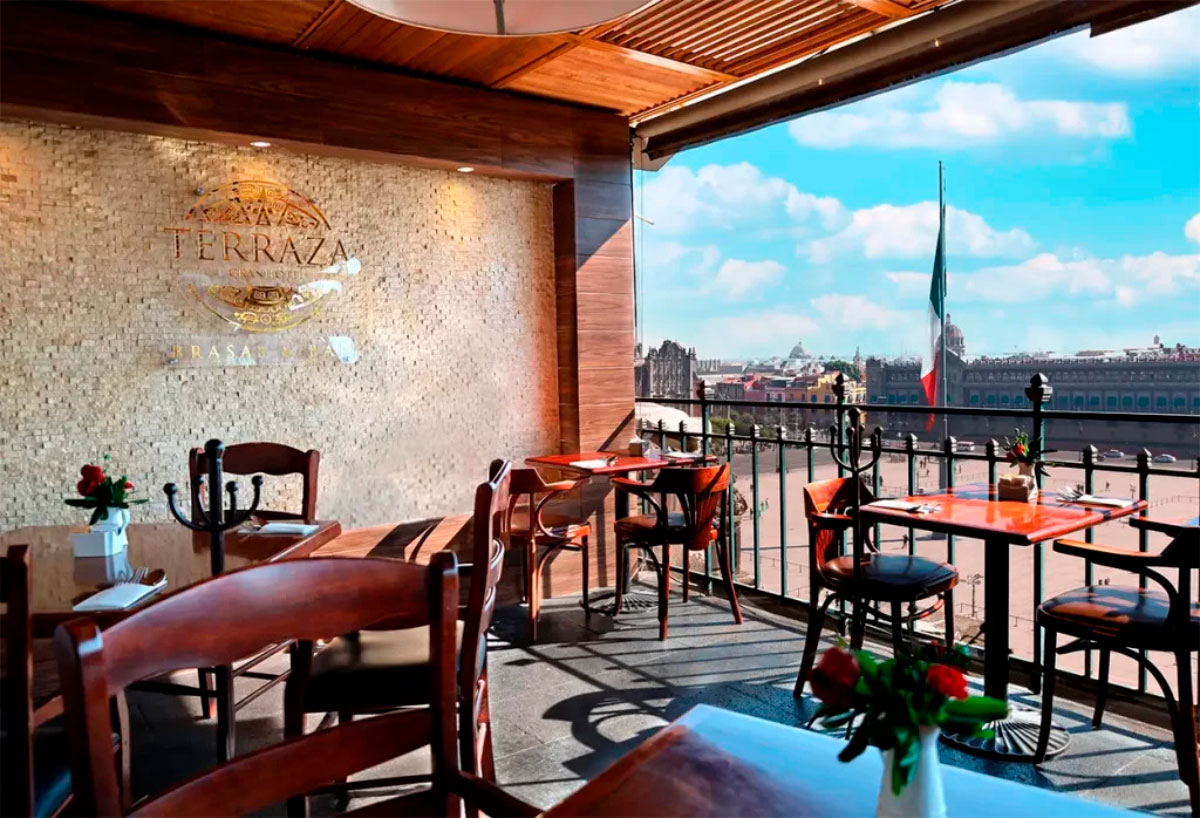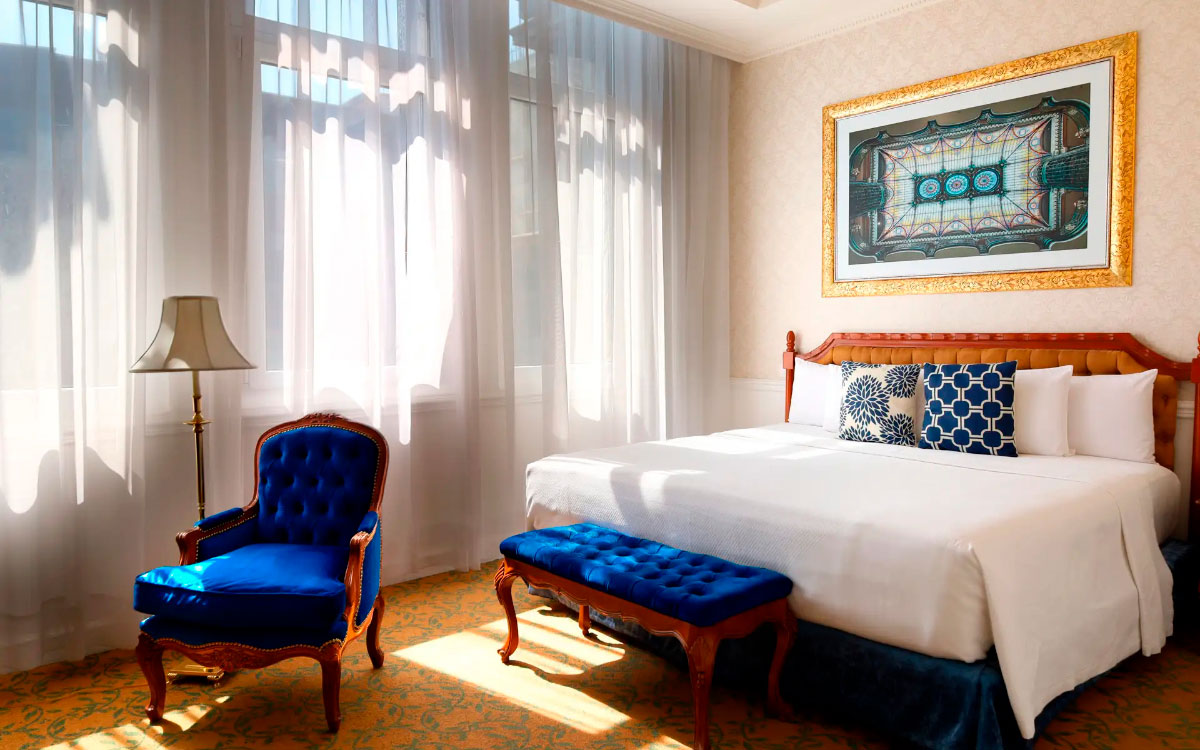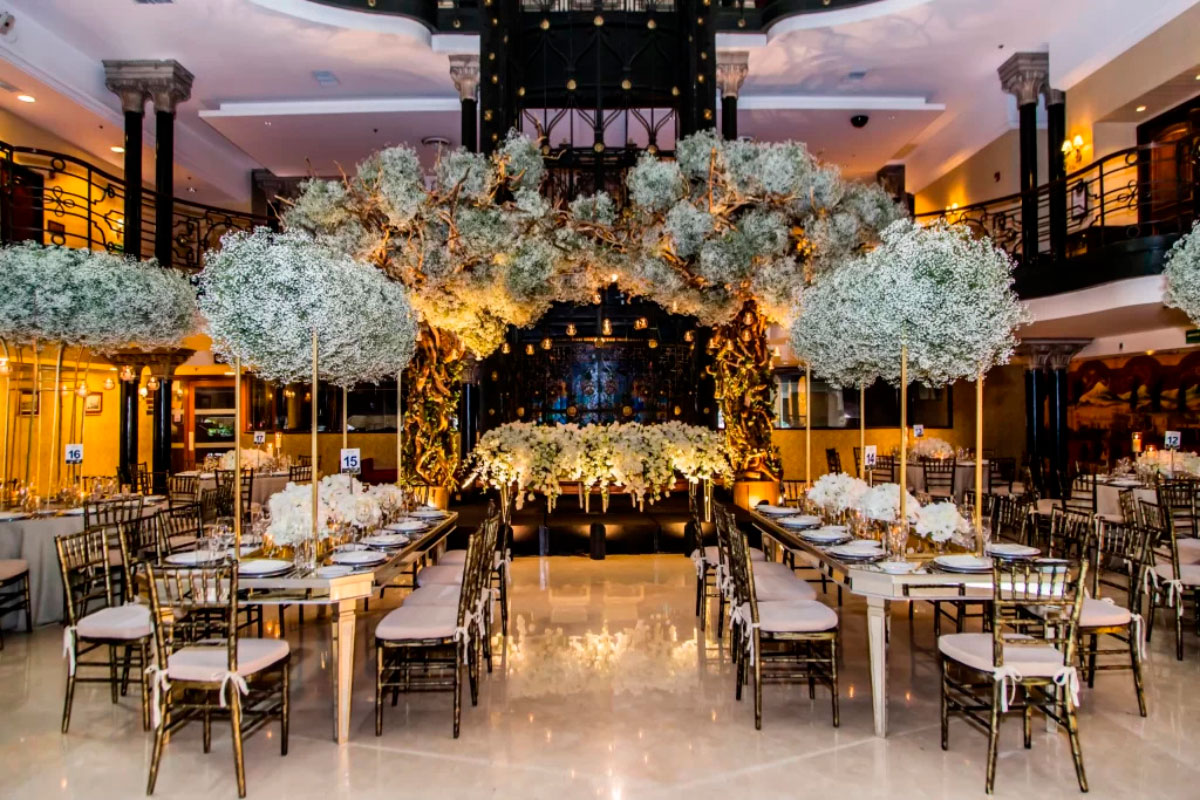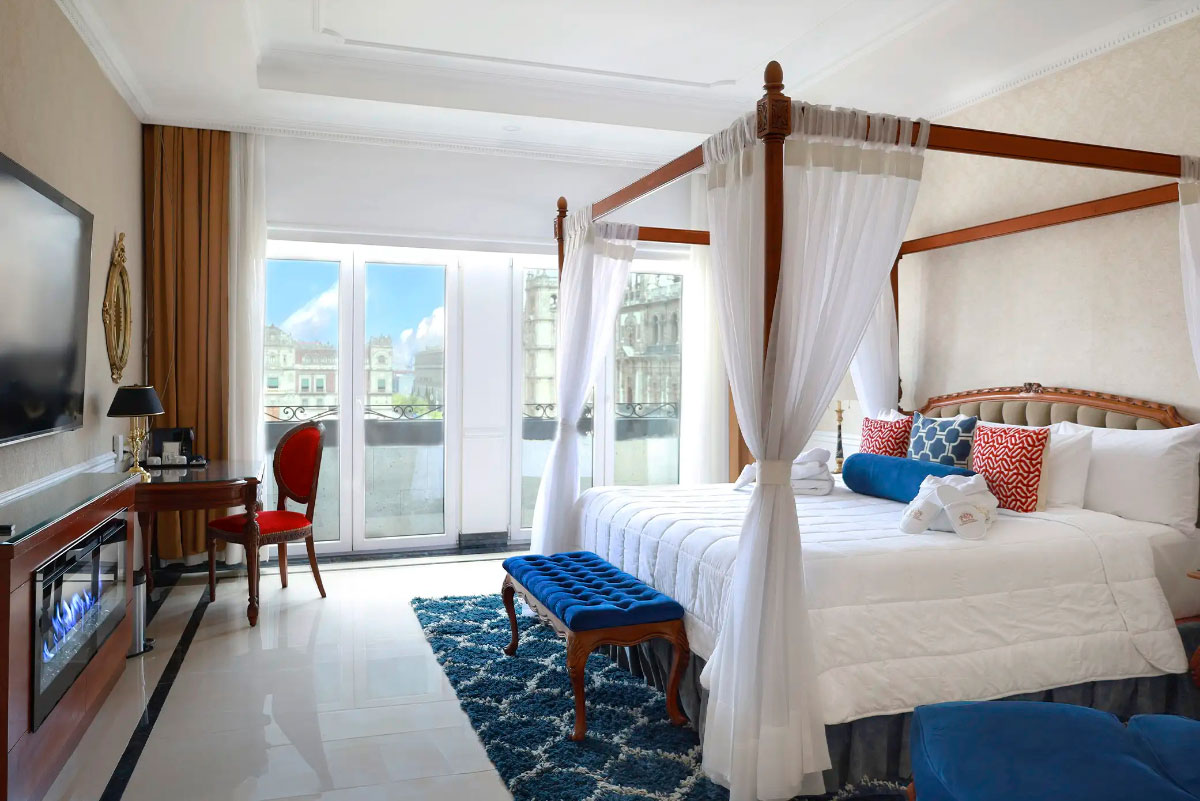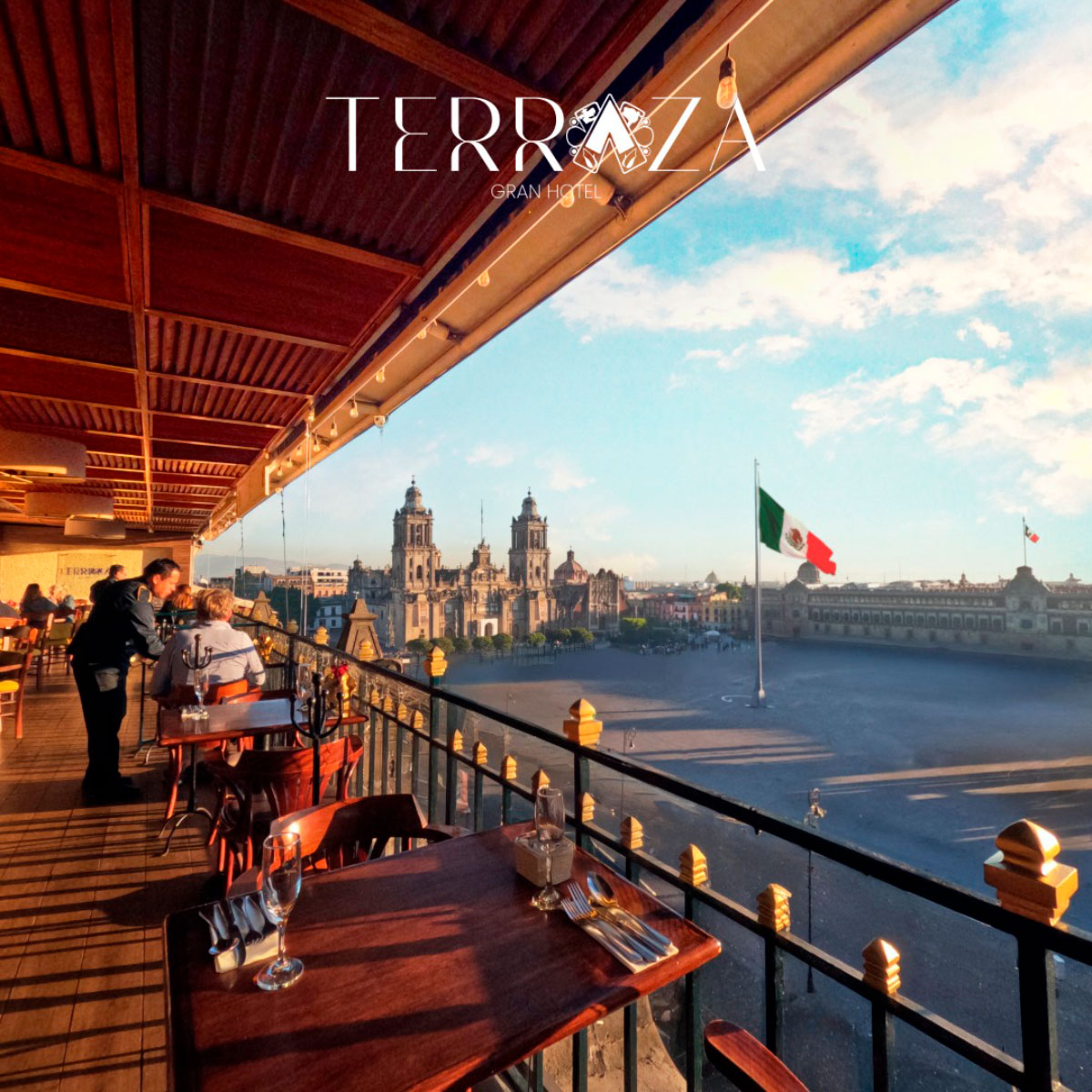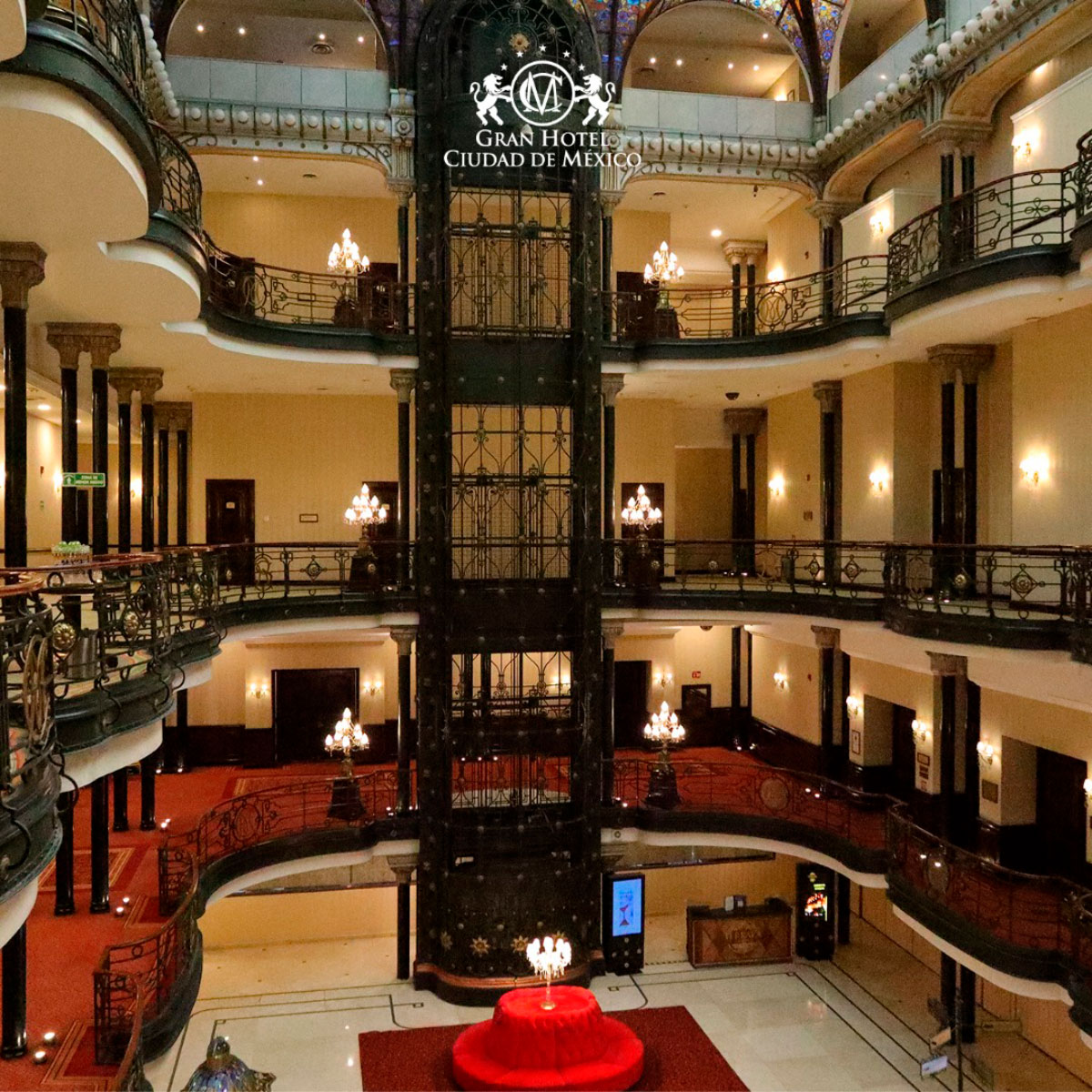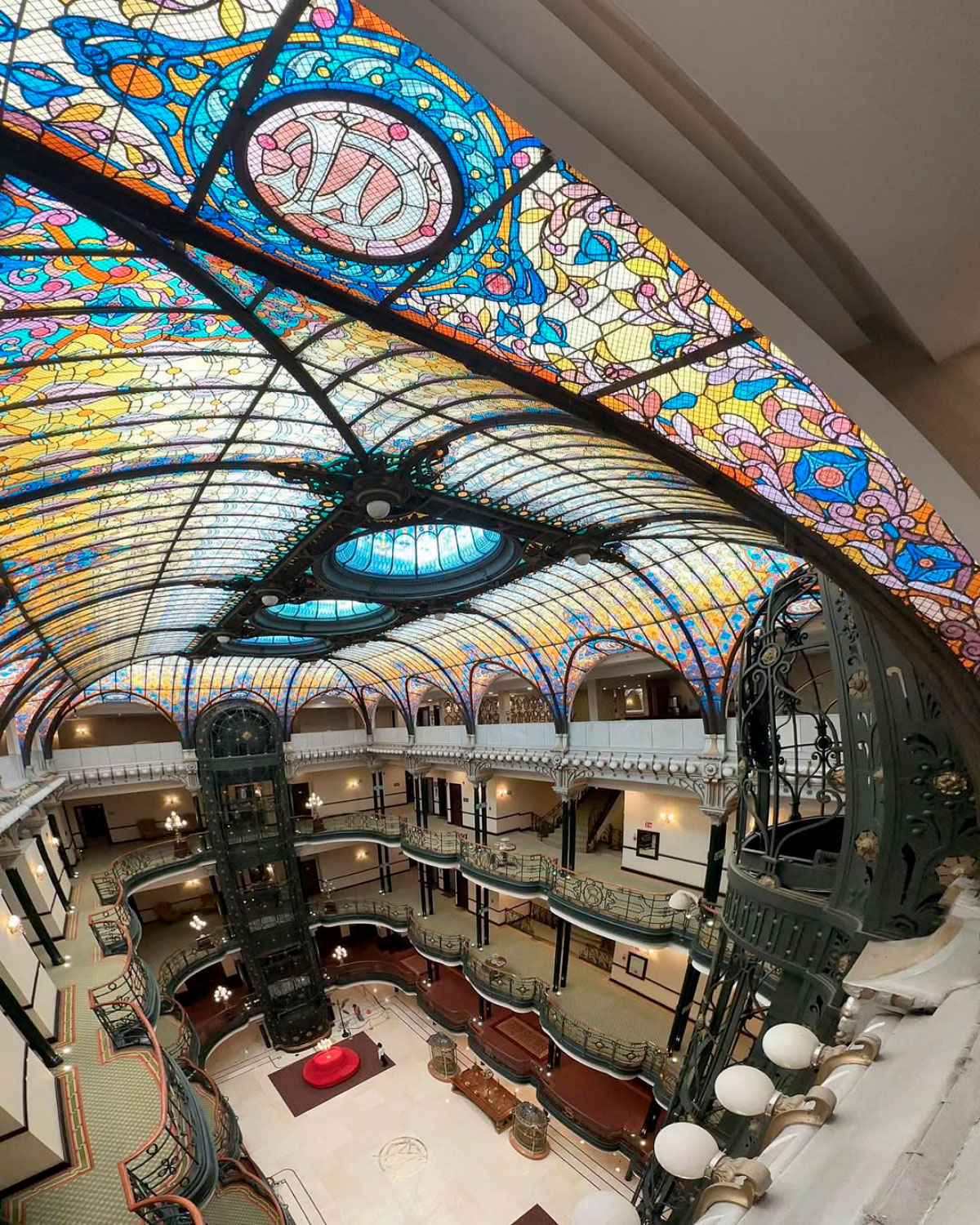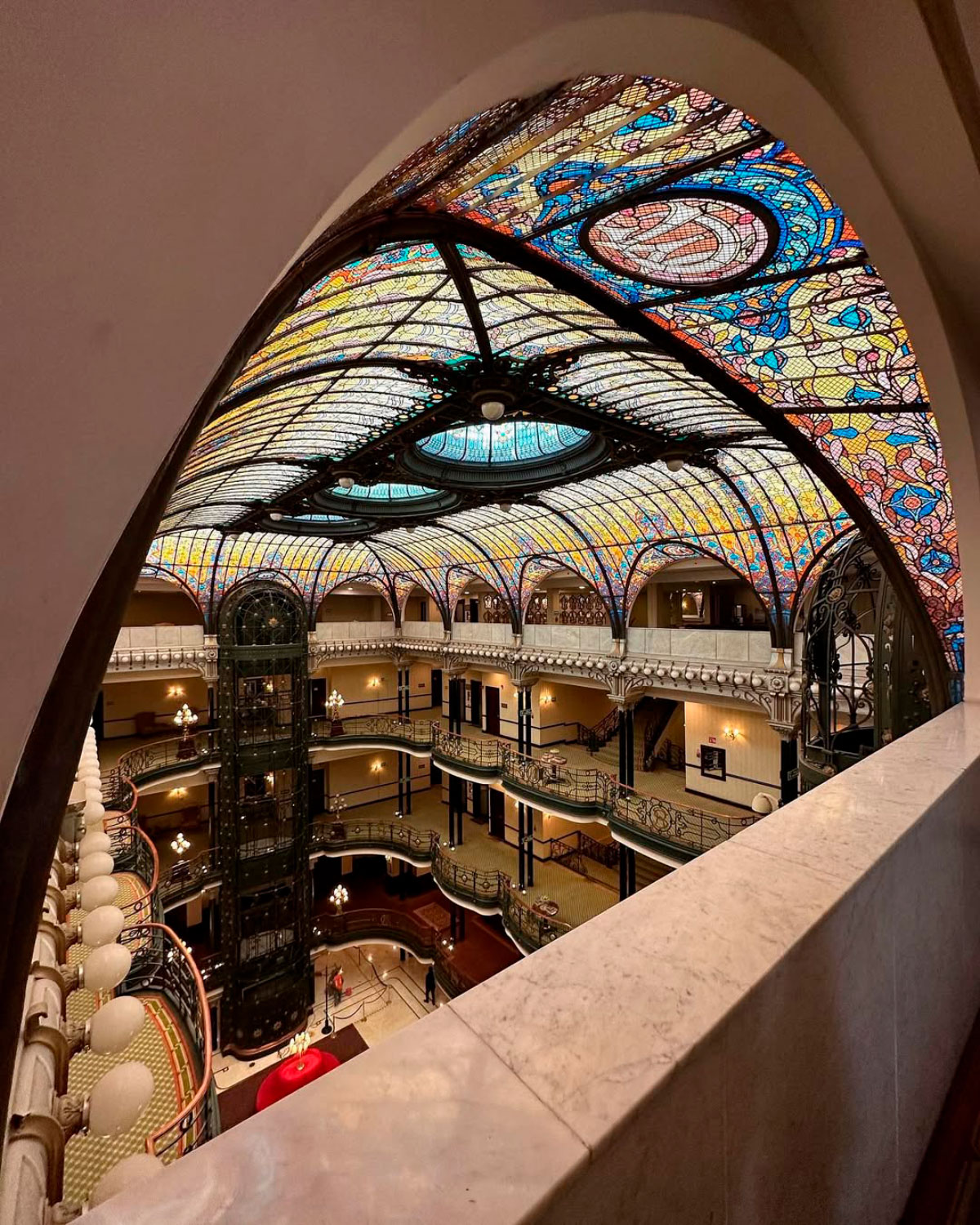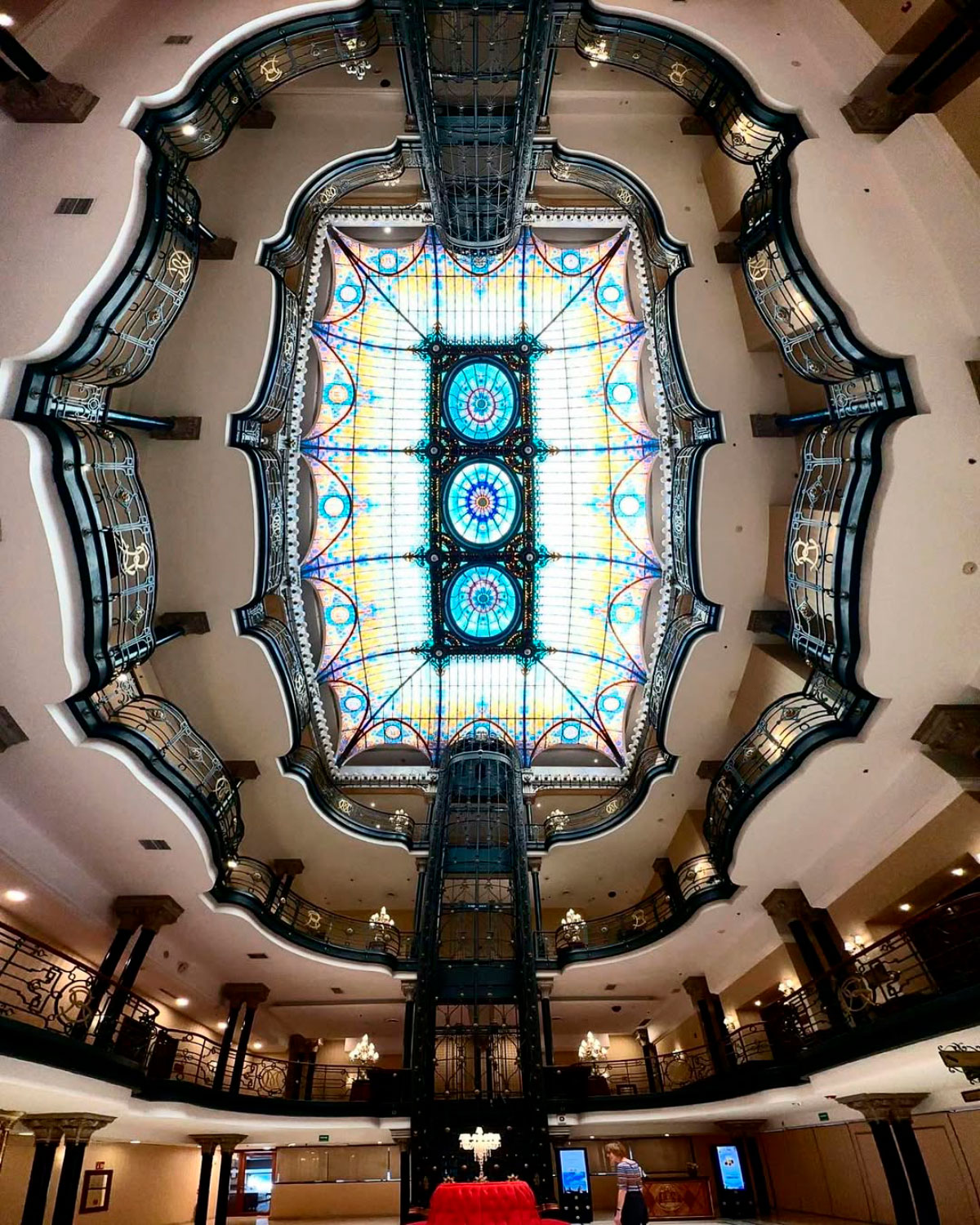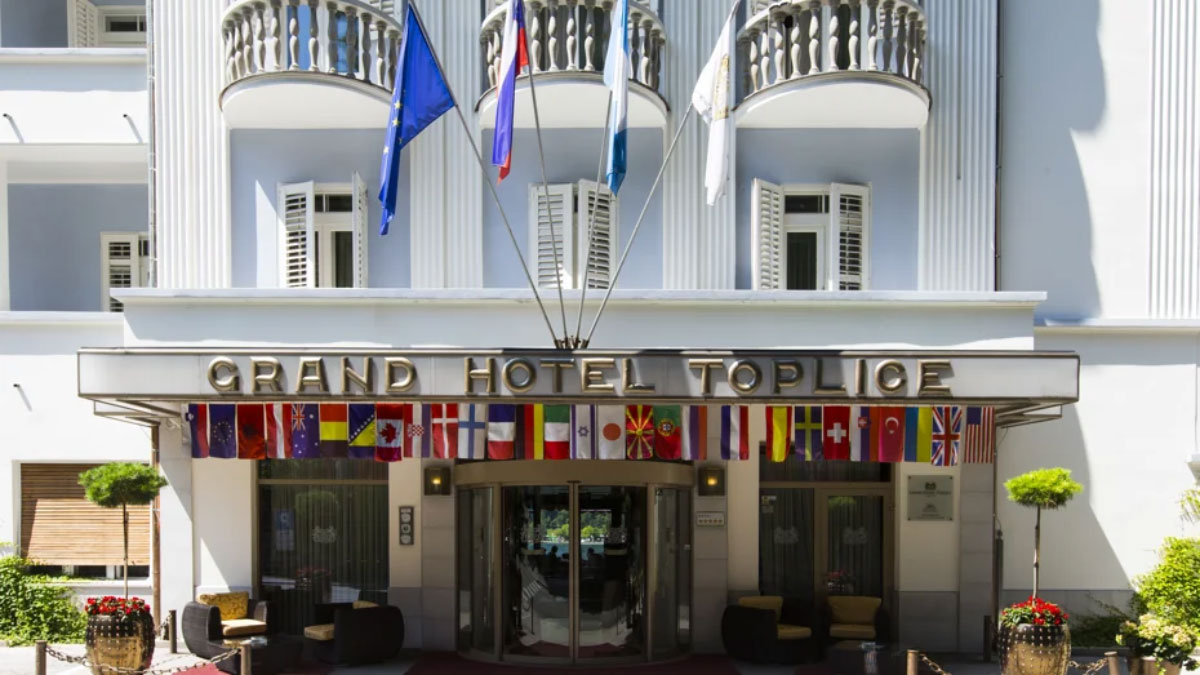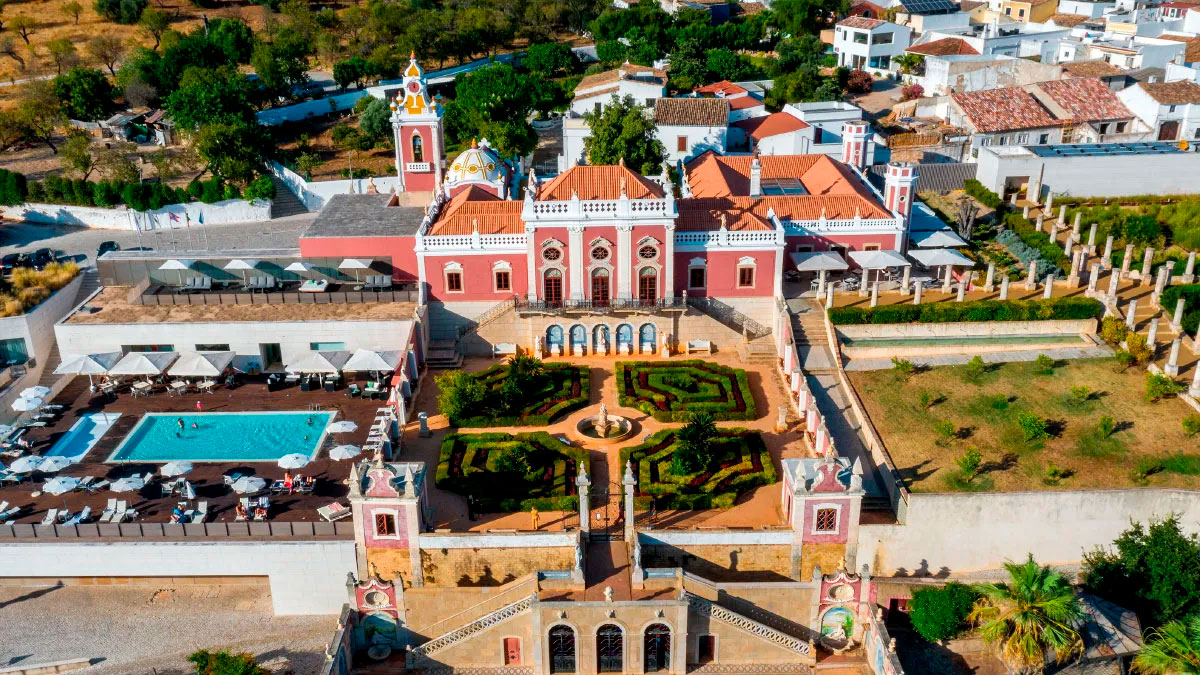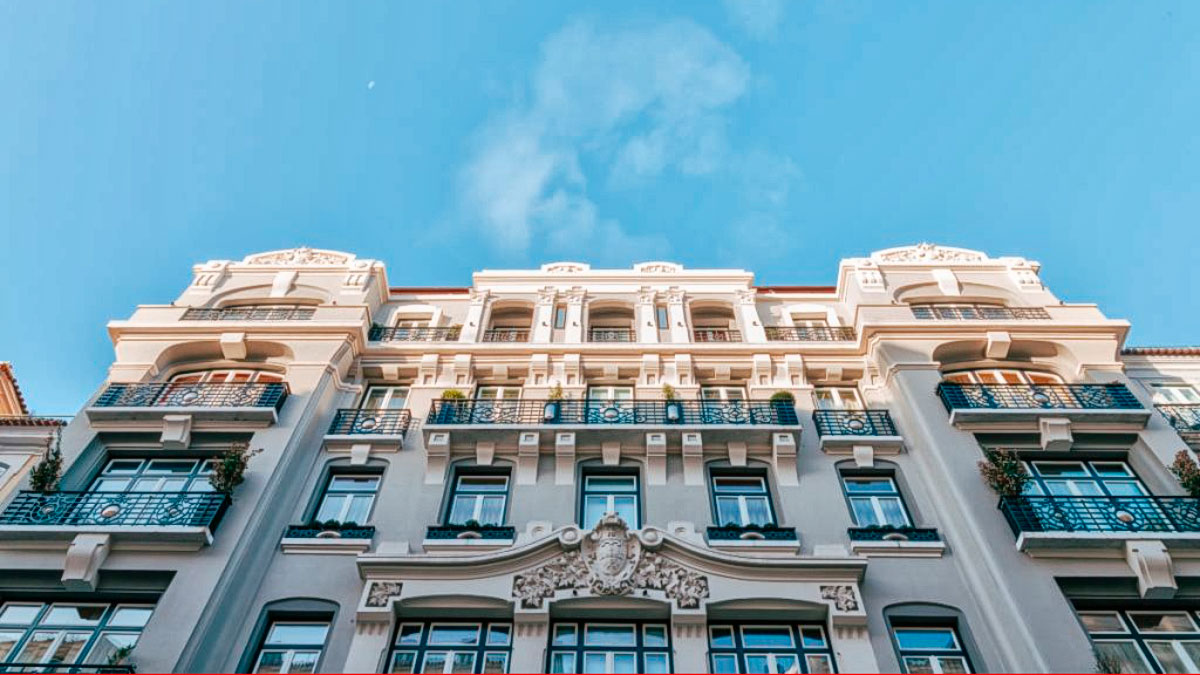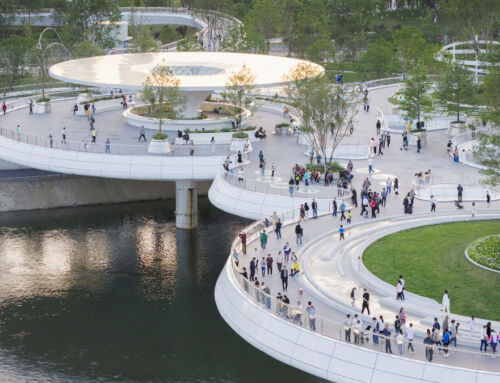Long before the spectacular and rich stained-glass windows painted the great lobby with coloured reflections; before the wrought-iron balconies were perched above the lobby and the streets; before the “elevators” first carried the well-to-do housewives and then the guests; long before, the place occupied today by the building to which we dedicate these lines was already directly related to universal history. We are talking about the Gran Hotel in Mexico City.
Indeed, it was in the early years of the colonies when King Charles I of Spain and V of the Holy Roman Empire appointed Hernán Cortés governor and captain general of New Spain (1522). At the same time, and in order to exercise control over the latter’s administration, the king granted posts to five other officials. One of them was Rodrigo de Albornoz, whom he appointed “contador” – today we would say accountant or auditor. In a first distribution of land, Albornoz was given the land where the Gran Hotel in Mexico City stands today.
In the midst of intrigues, betrayals and power struggles, Albornoz managed to build his home there. However, after his return to Spain around 1526, the building was lost to history and, fortunately or unfortunately, the two-storey mansion that occupied the corner of 16 de Septiembre Street and Plaza de la Constitución Square was not preserved.
It is said that some members of the Order of Saint Augustine built a portal for their headquarters at the back of the building, which was known as Portal de los Agustinos until the 19th century. On the opposite side of the building, which overlooked the Plaza de la Constitución – popularly known today as the Zócalo – was the Portal de los Mercaderes. As its name suggests, this housed various shops to supply the local residents.
Little else is known, until news reports indicate that in 1895 the property was bought by the Frenchman Sebastián Robert – of whom we can find no information as to who he was. In his place, he ordered the construction of a new building to house what was one of the first commercial centres in Mexico, South America and the entire American continent: the Centro Mercantil. Those in charge decided on the Art Nouveau style for the interior design – the first example of that school of architecture, which came from Europe, in the country – and on neoclassical eclecticism for the façades.
In this respect, only the name of the builder of the Centro Mercantil, José de Teresa – at that time the first president of its board of directors – and his engineers, Daniel Garza and Gonzalo Garita, have survived. The building, which today is the body and soul of the Gran Hotel de la Ciudad de México, was built according to the Chicago school, a trend that introduced steel in combination with concrete in the construction of commercial buildings and the first skyscrapers. Finally, Porfirio Díaz, then president of Mexico, inaugurated the new Centro Mercantil building on 2nd September 1899, and donated for the occasion the large Louis XV-style lamp that can still be seen at the entrance to the hotel.
The stained-glass window that has crowned the building’s grand foyer since it was incorporated into the building in 1908 deserves special mention and insistence. In the Tiffany style – in reference to Louis Comfort Tiffany, who produced lamps with coloured glass shades assembled with lead from the end of the 19th century, according to designs by Clara Driscoll – it is the work of the Frenchman Jacques Gruber, a further instance of the hotel’s Art Nouveau style. It is also one of the four largest stained-glass windows in the world. The National Institute of Fine Arts declared it a National Heritage Site, considering it a work of art – which in our opinion it truly is.
After surviving the Mexican civil wars and suffering decay for decades, in 1966 – or 1958 according to other records – the Centro Mercantil closed its doors. The scarce sources are unclear as to what happened to the ownership of the building thereafter. In any case, some of these sources name the “Saba family” as the owners of the building and responsible for its conversion into a hotel.
However, for some reason, at that time, the Howard Johnson hotel company must have come to some agreement with the Saba’s, as the hotel opened in 1968, just in time for the Mexico City Olympics that same year, under their name, as the Howard Johnson Hotel. What all sources agree on is the fact that the hotel benefited from a refurbishment and modernisation between 2003 and 2005. It went from 120 rooms to the 60 rooms it has today. At the same time, the restaurant started serving its traditional dishes on a terrace that offers an excellent panoramic view of the Zócalo.
Sources: Wikicity, El Universal, Paoteca Centro de Documentación, Wikipedia, AD Magazine, Gran Hotel de la Ciudad de México.
Images: Gran Hotel de la Ciudad de México, México Cultural and cited.


